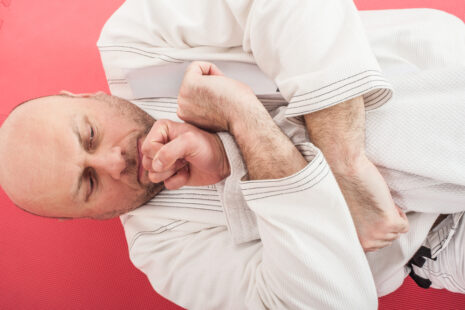Tennis elbow, also known as lateral epicondylitis, is a condition characterized by pain and tenderness on the outside of the elbow. It results from overuse of the forearm muscles and tendons, often through repetitive motions. While tennis elbow can be persistent and challenging to treat, it is not necessarily a lifelong condition for most people. The prognosis for tennis elbow varies depending on several factors, including the severity of the injury, treatment approaches, and individual health conditions.
Recovery Time
- Typical Duration – For many individuals, symptoms of tennis elbow resolve with proper treatment within 6 to 12 months. Some cases may take longer, and a small percentage of people might experience chronic symptoms.
- Influencing Factors – The recovery time can be influenced by the severity of the tendon injury, the individual’s compliance with treatment recommendations, and whether the person continues activities that exacerbate the condition.
Treatment and Management
- Rest and Activity Modification – Initially, resting the affected arm and avoiding activities that aggravate the pain are crucial steps.
- Physical Therapy – Exercises that stretch and strengthen the forearm muscles can help relieve pain and prevent recurrence. A physical therapist can tailor a program to your needs.
- Bracing – Wearing a brace or strap around the forearm can reduce stress on the injured tendons.
- Medications – Over-the-counter pain relievers and anti-inflammatory medications can help manage pain and inflammation.
- Injections – In some cases, corticosteroid injections or platelet-rich plasma (PRP) injections may be recommended to reduce inflammation and promote healing.
- Surgery – Surgery is considered only for severe cases that do not respond to other treatments, typically after 6 to 12 months of conservative treatment.
Preventing Recurrence
- Ergonomics – Improving workplace ergonomics and technique in sports can help prevent tennis elbow from recurring. This may involve adjusting the grip on tools or rackets and using proper body mechanics.
- Regular Exercise – Maintaining strength and flexibility in the forearm muscles through regular exercise can help reduce the risk of tennis elbow.
- Pacing and Breaks – Taking regular breaks during activities that involve repetitive arm movements can help prevent overuse injuries.
Tennis elbow is not necessarily a lifelong condition, and many individuals fully recover with appropriate treatment and lifestyle modifications. Early intervention, adherence to treatment plans, and preventive measures play crucial roles in managing symptoms and preventing recurrence. If you’re experiencing persistent elbow pain, consulting with a healthcare provider or a specialist in musculoskeletal disorders can help you receive a proper diagnosis and develop an effective treatment plan tailored to your situation.




